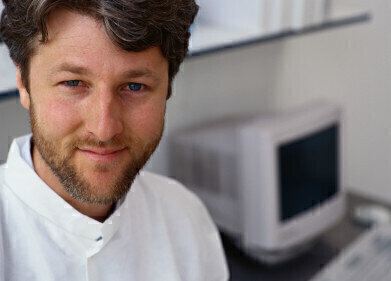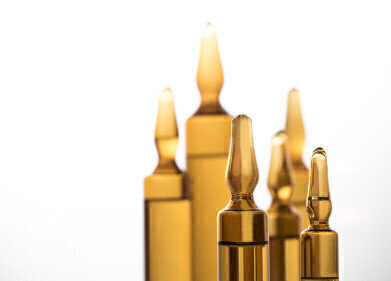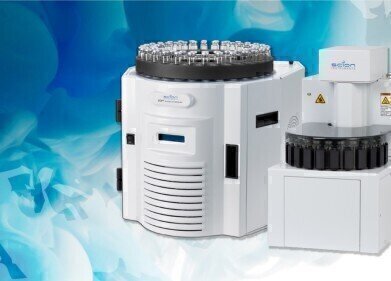Industrial news
Is my Coffee Pure?
Aug 29 2014
Coffee has never been more popular all across the world. Unfortunately, due to a variety of factors, the supply is struggling to meet this new demand. A large amount of coffee comes from Latin America, from countries such as Colombia, Guatemala and Brazil, and wetter weather conditions have led to a coffee-harming fungus in many of them. In the latter country, a particularly severe Brazilian drought led to a decreased yield through the destruction of the crops.
But while production may have suffered a setback, demand has never been higher for quality coffee. So what are producers doing? Predictably, they are unwilling to lose potential profits and some unscrupulous farmers are supplementing their coffee produce with such filler additives as corn, syrup, açaí seeds, soybeans, rice, barley, wheat and brown sugar. Other more unsavoury ingredients, such as twigs and dirt, have also been finding their way into the product – either through negligence, accident or intent.
How to Determine Coffee’s Purity
Of course, no-one wants to be drinking dirt-contaminated coffee, but the health implications for those who suffer specific allergies could be even more serious. Therefore, maintaining a high level of purity in the coffee is paramount. Scientists are able to identify the offending additives, but only prior to roasting and grinding, at which point they become indistinguishable from the coffee itself.
While the good old taste-test can also yield results, but these are highly subjective and unreliable. Luckily, though, a Brazilian researcher named Suzana Lucy Nixdorf has used the scientific technique of chromatography to deliver much more dependable results.
Chromatography is the practice of using vaporisation of a solid or liquid and the analysis of the subsequent gas produced in order to identify the individual components of a compound. There are many different approaches to this discipline - for more information on the specifics of each one, how they vary and their individual advantages, see the article: What are the Different Types of Chromatography Techniques? One such technique, liquid chromatography, was employed by Nixdorf to visually see the different ingredients by the stain they made on a paper filter after vaporisation.
Nixdorf’s experiment’s yielded a 95% success rate in differentiating between the unwanted intruders in the makeup of the coffee and her findings were presented at the 248th annual exposition of the American Chemical Society (ACS). They represent the most accurate and sophisticated way of measuring coffee integrity to date. Unfortunately, however, such a technique is only available to be practiced by experienced technicians in an equipped laboratory. So for the time being, the best method to ensure that your coffee is coming from a reliable source is buying well-known brands from trusted retailers and coffee shops, or by beginning that chemistry degree and reading up on your chromatographic terminology … though that latter course of action might take a while.
Image Source
Events
Mar 01 2025 Boston, MA, USA
Mar 04 2025 Berlin, Germany
Mar 18 2025 Beijing, China
Mar 25 2025 Paris, France
Mar 31 2025 Beijing, China







.jpg)







